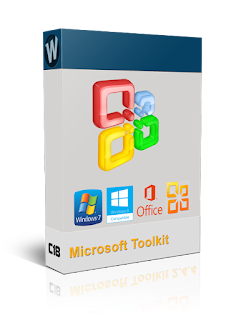

Save the file as MENU.LST and insert it into the floppy image with WinImage. Then, create a new text file MENU.LST with the following contents: This file will be used to find the Windows partition (useful in mutiple-Windows environment). Create an arbitrary file in C:\Boot, for example, with the filename win7. Save the file AUTOEXEC.BAT and insert in into FreeDOS floppy image.Īssuming that Windows 7 is installed, open a Command Prompt as administrator. Create a batch file called AUTOEXEC.BAT with a text editor and put the following contents in OFF Open the FreeDOS floppy image with WinImage. and enter the new 14-character OEM identifier which should match the string starting at $A62. Then, open the Edit menu, open the Clipboard submenu, and choose Paste. With the XVI32 window showing wow.exe, go to $A58, open the Edit window, select Block chars., enter 374 and click OK. Open the Edit menu, open the Clipboard submenu and select Copy. With the XVI32 window showing a SLIC.table, open the Edit menu, click the beginning of file, select Block mark from the Edit menu, go to the end of file and select Block mark again. Start another XVI32 and open a SLIC table which should be 374 bytes. Wow.exe has a SLIC table embedded in itself beginning at $A58. Inserting SLIC data into wow.exe with XVI32 Download a floppy image containing FreeDOS kernel and FreeCOM command processor below. FreeDOS is preferred to MS-DOS because it works better with GRUB. grub.exe will chain-load Windows bootmgr, and then Windows will start.

Also, GRUB.EXE is needed to find Windows partition and to boot Windows.īecause wow.exe and grub.exe are DOS executables, DOS should be booted first and run wow.exe and grub.exe in turn. I found an executable file called wow.exe whose job is to insert a SLIC code into BIOS. Once these 3 things are obtained, you need a program to insert the SLIC code into memory to emulate OEM BIOS.




 0 kommentar(er)
0 kommentar(er)
